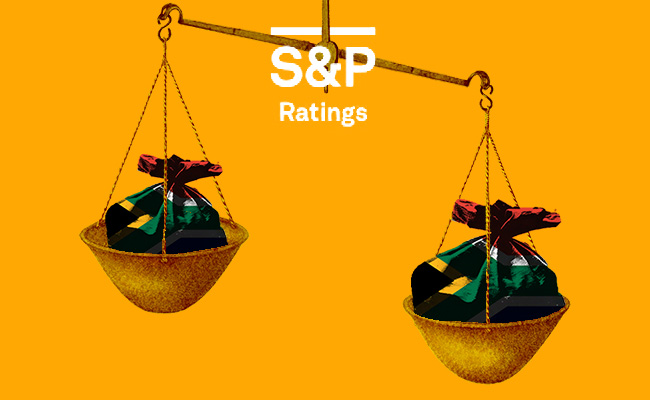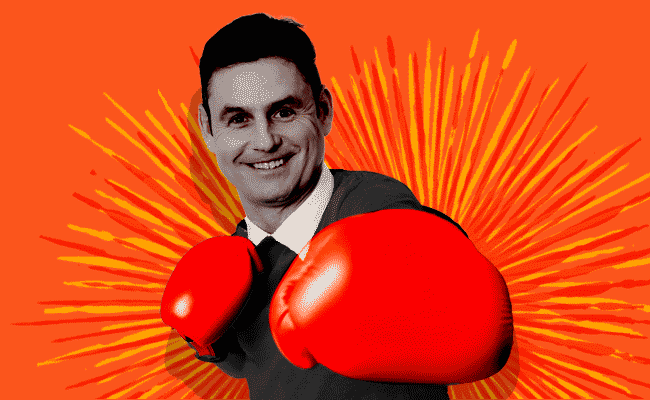Ferraris. Bentleys. Maseratis. These are just a few of the global assets frozen following a court order against Vladimir “Val” Sklarov and his wife in December 2024 – symbols of the immense wealth amassed by a man convicted decades earlier in the US for fraud.
But it wasn’t the ostentation that drew attention.
Sklarov, working with New York-based attorney JT Singh, allegedly orchestrated a cross-border scam that cost Mexican billionaire Ricardo Salinas Pliego approximately $400m in shares of Grupo Elektra, a cornerstone of his empire and the owner of one of the country’s largest banks.
Before allegedly swindling Salinas, however, the duo carried out a brazen online impersonation scheme targeting some of the world’s most venerable financial institutions, including Barclays. They used a strategy known as cybersquatting, in which an internet domain name is registered that is identical to or confusingly similar to a well-known brand, thereby mimicking the original site.
That helped set the stage for the apparent con of a businessman worth $13.5bn, who was convinced he was being courted by executives from a financial institution with a legacy dating back to the mid-19th century. In reality, he was dealing with the Ukrainian fraudster who split his time between jurisdictions – including a heavily fortified home in the wealthy Athenian suburb of Ekali, guarded by plain-clothes bodyguards.
In October 2020, Barclays approached a federal court in Manhattan, seeking urgent relief against Sklarov and Singh, who were accused of operating a counterfeit website – shearsonlehmanbrothers.com – that impersonated Lehman Brothers, a brand Barclays acquired during the 2008 financial crisis. The domain mimicked vintage Lehman branding and was used to offer apparently fraudulent securities-backed loans to unwitting clients.
In legal filings, Barclays described the operation as a textbook case of cybersquatting, alleging that Sklarov’s group misappropriated trademarks, misled consumers, and promoted sham lending products under the guise of a dormant financial institution. The bank also claimed that Sklarov and his associates had previously launched similar impersonation efforts involving Rothschild & Co and Bear Stearns, reinforcing a broader pattern of digital identity abuse.
In March 2021, the US District Court for the Southern District of New York granted a permanent injunction, ordering the fake site to be taken offline and prohibiting the defendants from using any of the Barclays or Lehman Brothers marks. The court found that the conduct violated the Anti-Cybersquatting Consumer Protection Act (ACPA), as well as trademark dilution and false designation statutes.
Virtual real estate
In today’s digital economy, domain names are more than virtual real estate – they’re a form of currency. Premium domains tied to well-known brands or legacy institutions can fetch anywhere from $10,000 to more than $500,000, according to sales data from domain marketplace Sedo and industry tracker DNJournal.
In exceptional cases, ultra-premium domains – such as voice.com – have sold for as much as $30m. Short, memorable domains, especially those associated with established names, carry outsize value because they signal credibility and trust in a world where first impressions are often made online.
It’s a market dynamic that cybercriminals have learned to exploit.
And, for that reason, despite being blocked by courts in prior cases, Sklarov and his co-conspirators continued their digital mimicry – this time allegedly targeting Salinas by reviving the name “Thomas Mellon,” the 19th-century founder of T Mellon & Sons Bank, which would later evolve into the Wall Street giant BNY Mellon.
Sklarov operated through a company called Astor Asset Management – another Gilded Age reference, this time to the Astor family, whose fortune was built on fur and New York real estate. Using the firm as cover, Sklarov and his associates emailed Salinas and his team as “Thomas Mellon” or sometimes as “Gregory Mitchell”, which, the billionaire argued in court papers, convinced him to deal with the firm.
The details of the alleged con have emerged in court battles Salinas has launched in the UK and US to recover his money. According to filings, it began when Salinas sought to finance a $110m loan and was introduced to Sklarov’s web of supposed financial institutions through intermediaries, including a long-time adviser.
What he thought was a routine refinancing deal instead became what on the face of it was a textbook case of digital deception. In 2021, Salinas transferred 7.2-million Grupo Elektra shares – worth about $400m – as collateral to Astor Asset Management, convinced it was a legitimate Pittsburgh-based private financial firm. Court papers show the billionaire was assured the shares would remain his unless he defaulted.
But no sooner had the ink dried on the loan agreement than Sklarov began quietly selling the shares, apparently funnelling the proceeds into offshore accounts in Monaco controlled by family members. Salinas’s legal team argued this was part of a deliberate strategy designed to force a default from the outset.
In August 2024, the UK High Court granted a worldwide freezing order against Sklarov and his associates, blocking the sale or transfer of assets tied to the Elektra shares. Sklarov contested the order but failed to overturn it.
Singh, as Astor’s legal underwriter and a long-time collaborator, faces related accusations in the US: drafting legal structures that not only enabled the alleged fraud but helped mask its scale, all under the guise of routine financial services.
Repeated efforts by Currency to get comment from Singh and Sklarov were unsuccessful.
What makes this case stand out is not just its apparent scale or sophistication, but how it exposes a blind spot in digital and financial regulation; that cybersquatting could enable the alleged theft of millions of dollars using the very laws designed to protect intangible assets, such as company names.
Court documents suggest that Singh’s name is associated with multiple recycled entities across jurisdictions – cloned websites, mirror-image branding, and nearly identical domain names.
In another such case, BNY Mellon’s Dreyfus division was targeted through a fake site called Euro Credit, which shared the same layout, contact details, and executive names of the mutual fund manager (these funds are similar to South African unit trusts). Internet protocol (IP) records revealed overlapping domains among these entities, apparently tracing back to Singh and Sklarov’s network.
It is a stark illustration of how cybersquatting could evolve from an intellectual property nuisance into a serious financial crime vector. While the Anti-Cybersquatting Consumer Protection Act in the US and Uniform Domain-Name Dispute-Resolution Policy exist to safeguard brands, those same frameworks can be weaponised by bad actors – leveraging brand value while cloaking their identities in legal grey zones and offshore secrecy.
For Salinas, the fight continues in courtrooms. But for regulators and financial institutions, the message is already clear: in today’s economy, digital identity is as valuable – and as vulnerable – as the assets it represents.
ALSO READ: How a tycoon was allegedly duped in a $400m loan scheme
Sign up to Currency’s weekly newsletters to receive your own bulletin of weekday news and weekend treats. Register here.














